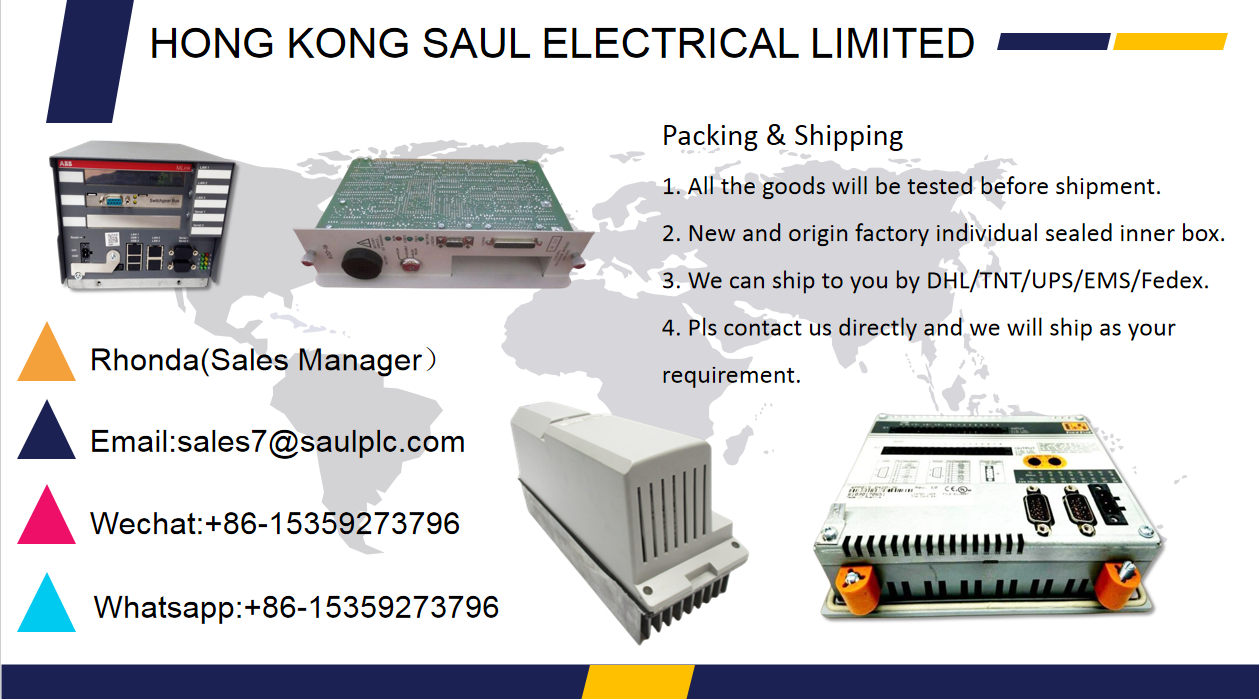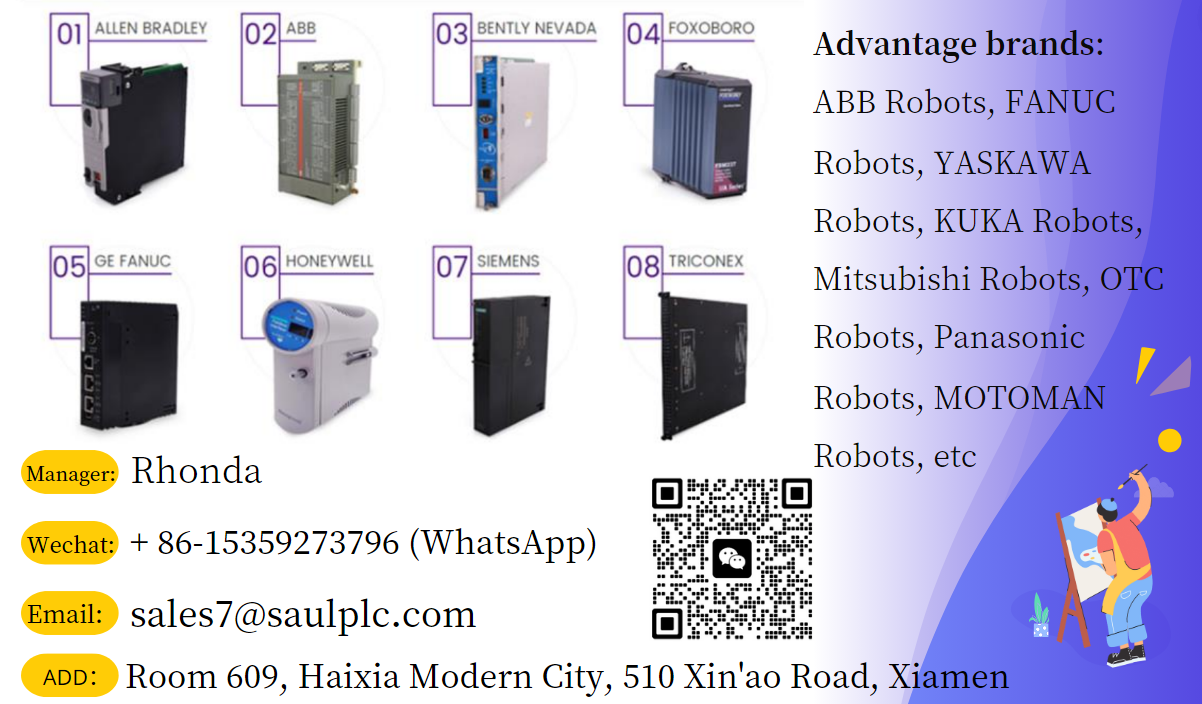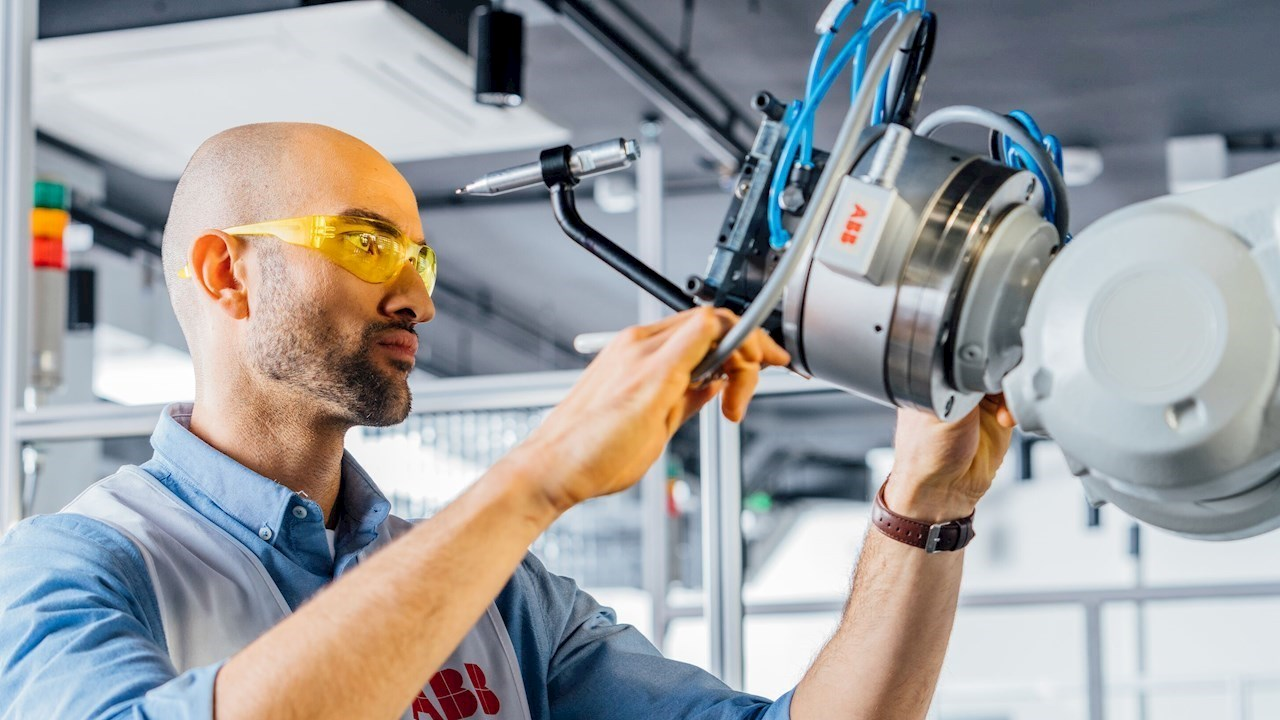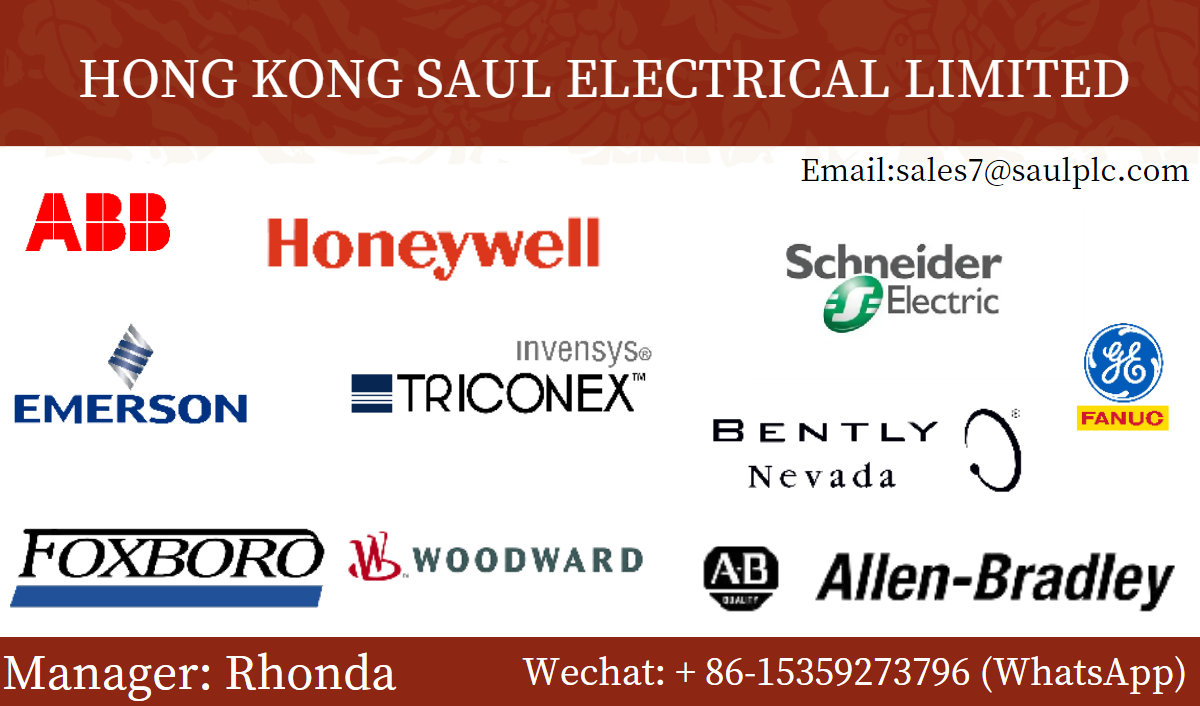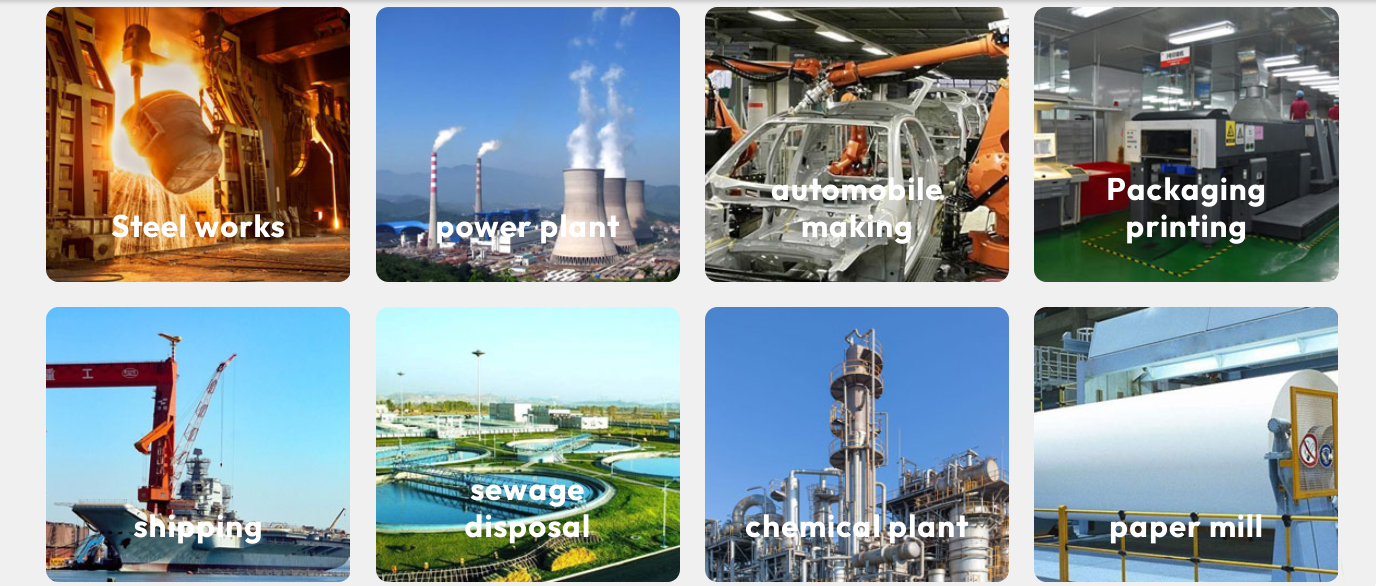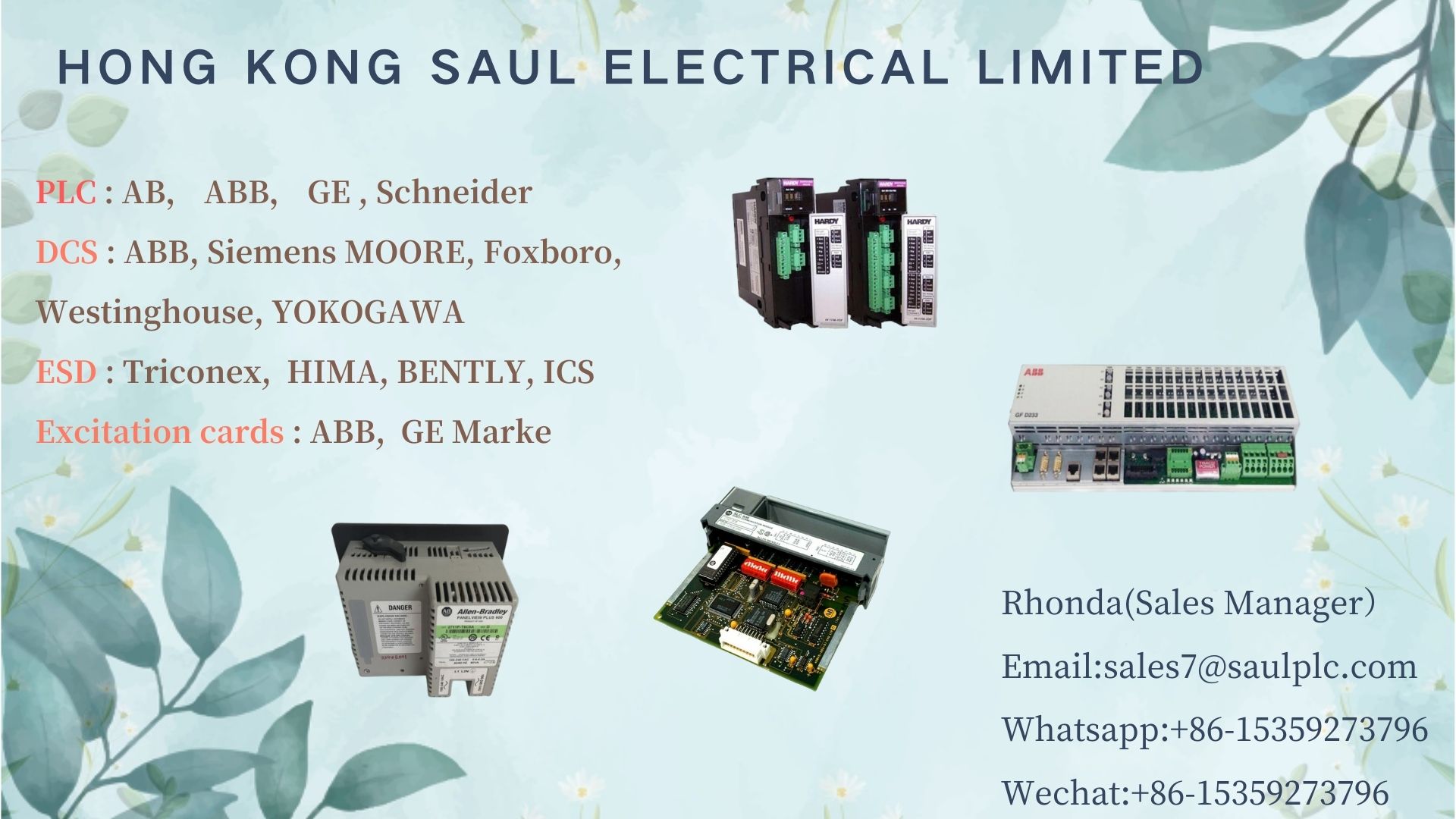On August 14th, the 30th anniversary celebration of ABB Electric Drive Systems Co., Ltd. in Beijing, with the theme of “Thirty Years of Fuyao, Lingyun Towards the Future”, was held grandly. Representatives from the government, Chinese joint venture partners, channel partners, ABB Group, and ABB China management gathered with ABB colleagues to celebrate this milestone moment.
Guo Huaigang, Director of the Beijing Branch of the China Council for the Promotion of International Trade, and Wang Xi, Deputy Director of the Chaoyang Park Management Committee of Zhongguancun Science and Technology Park, attended the celebration and highly praised the achievements of Beijing ABB Transmission in the past thirty years. At the same time, Mr. Qin Haibo, Secretary of the Party Committee and Chairman of Beijing Jingyi Group Co., Ltd., a Chinese shareholder, also highly praised the 30-year cooperation between the two sides and stated that he will continue to strengthen cooperation with Beijing ABB Transmission and support the future development of Beijing ABB Transmission.
Since its establishment in 1994, taking advantage of China’s reform and opening up and rapid economic development, Beijing ABB Transmission has gradually grown and expanded through unremitting efforts and innovation. In 2008, it became the market leader in China’s low-voltage transmission industry and has remained at the forefront for twenty consecutive years in the “China Electrical Top 100” list released by the “Electrical Times” magazine based on national audit data.

Message from Management
Mr. Bai Yuanteng, a member of the ABB Group Executive Committee and Global President of ABB Motion Control Business Unit, said, “China is ABB’s second largest market and a key part of ABB’s global layout, and its importance is self-evident. In the past thirty years, ABB Beijing Transmission has embarked on the fast lane of China’s economic development, formulated a flexible and comprehensive long-term strategy to cover the Chinese market, continuously increased local research and development investment, forged an elite team, worked sincerely with channel partners, and maintained continuous growth. The average compound annual growth rate reached 23%, which is a very impressive achievement. We are very satisfied with this. Looking forward to the future, we have full confidence in the Chinese market and believe that it will continue to show strong growth potential for our company. Injecting a continuous stream of momentum into development.”
Mr. Kang Liang, General Manager of ABB (China) Co., Ltd. and Chairman of Beijing ABB Electric Drive Systems Co., Ltd., said: “The 30th anniversary of the establishment of Beijing ABB Drive is not only an important milestone for ABB’s development in China, but also a vivid portrayal of our ‘in China, for China’ strategy. According to this strategy, ABB continues to increase its research and development investment in China. Taking the ABB Motion Control Division, where Beijing ABB Drive is located, as an example, the division has established three research and development centers in China, with an increase of about 40% in R&D personnel since 2019, and local R&D product revenue accounting for about 30% of total revenue. In the future, we will continue to focus on the Chinese market, fully promote innovation, and use technological progress to support high-quality and low-carbon development!”
Mr. Qi Luping, the head of ABB Motion Control Division in China and the president of Beijing ABB Electric Transmission System Co., Ltd., played a video clip on site that condensed the 30-year development and struggle history of Beijing ABB Transmission. He said, “In 1994, we founded Beijing ABB Electric Transmission System Co., Ltd. with dreams and enthusiasm. Over the past thirty years, Beijing ABB Transmission has adhered to the corporate culture of ‘high aspirations, pursuit of excellence, courage to innovate, continuous improvement, humility and diligence, and hard work’, relying on advanced technology, reliable products, and professional services to win market recognition and customer trust.
The 30-year development history of Beijing ABB Transmission is a struggle of hard work, enterprising spirit, and continuous innovation. From initially introducing foreign products and technologies for sale in China, to achieving localized production and manufacturing, and then focusing on local research and development, independently developing various products suitable for the Chinese market, every step is full of challenges and hardships, but more importantly, it is the joy and pride of harvest. In the future, we will continue to work hand in hand with channel partners and customers to create a more brilliant tomorrow.”
Thirty years of hard work and innovation driven development
Since its establishment in 1994, ABB Beijing Transmission has always adhered to innovation driven development. From initially relying mainly on technology introduction and only having one standard frequency converter product suitable for distribution, to continuously increasing local research and development efforts and launching multiple products suitable for the Chinese local market, including the universal product ACS510 for the mainstream mid-range market in China, the medium voltage universal product ACS580MV for the mid to high end market in China, and the high-quality industrial frequency converter cabinet ACS880-07C that can be flexibly customized. During this process, ABB Drive not only established a comprehensive local R&D system, but also cultivated a R&D team of over 400 people, and successively established the Nanjing Servo R&D Center and ABB Drive and Control North Asia R&D Headquarters.
Thirty years of continuous cultivation, serving society with technology
For the past thirty years, Beijing ABB Transmission has deeply rooted itself in the Chinese market, and has participated in multiple national key livelihood projects with its expertise and technological advantages, such as the South to North Water Diversion Project, Yellow River Diversion Project to Shanxi, Dianchi Lake Water Replenishment Project, Hong Kong Zhuhai Macao Bridge, Olympic venues, etc., providing high-quality products, solutions, and services to safeguard people’s livelihoods. At the same time, ABB Transmission did not forget to give back to the society, actively fulfilled its corporate social responsibility, responded quickly to emergencies such as the COVID-19, the flood disaster in Zhengzhou and Zhuozhou, Henan, and fully supported the rescue, relief and post disaster recovery, especially accelerated the reconstruction of the water supply and heating system in the disaster area, and sent warmth and hope to the victims. In addition, the company actively participated in the ABB Cup Intelligent Technology Innovation Competition, aiming to stimulate innovation vitality and cultivate future compound innovative talents for society.
Thirty years of working together to create a sustainable future
For the past thirty years, Beijing ABB Transmission has provided diversified products, solutions, and services to customers in various industries such as mining, electricity, water, HVAC, etc. As of the end of 2023, the cumulative delivery of transmission products has exceeded 8 million units, saving energy equivalent to reducing 520 million tons of CO2 emissions, helping customers save energy and reduce emissions, and moving towards a greener and more sustainable future together.
Looking back on the past thirty years, Beijing ABB Transmission has written a glorious history of struggle with its spirit of continuous innovation and enterprising attitude. Looking ahead to the future, Beijing ABB Transmission will continue to implement the strategy of “in China, for China”, driven by technological innovation and guided by market and customer needs, to help customers achieve digital, intelligent, and green transformation, and jointly create a better tomorrow!
ABB is a technology leader in the field of electrical and automation, committed to empowering a more sustainable and efficient future. ABB integrates engineering experience and software technology into solutions to optimize manufacturing, transportation, energy, and operations. Adhering to over 140 years of outstanding history, ABB’s more than 105000 employees worldwide are dedicated to driving innovation and accelerating industrial transformation.

